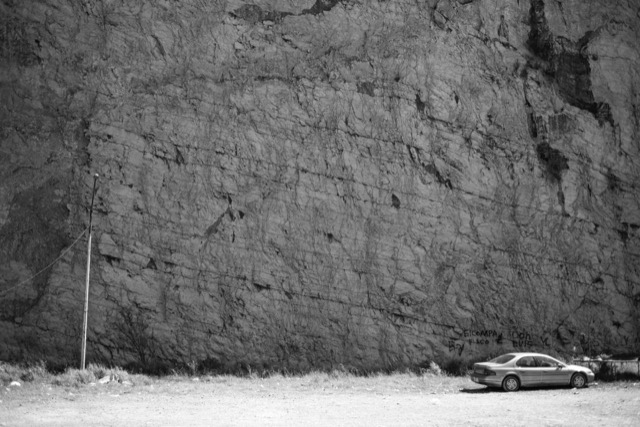
Oswaldo Ruiz
La memoria de la sustancia
Exhibition
-> Jun 17 2023 – Sep 2 2023
Patricia Conde Galería presents La memoria de la sustancia by the artist Oswaldo Ruiz (Mexico, 1977). This exhibition presents two recent works in which the artist explores different forms of damage and symbolization.
The first, called Mnemic Matter, was carried out in 2018 in the space inSite / Casa Gallina, in Mexico City, curated by Josefa Ortega. The project started from the collaboration with residents of the Santa María la Ribera neighborhood where, from the symbolic appropriation of the production of homeopathic medicines, the participants and the artist extracted substances from those objects that represented some type of damage to them to find in them a healing principle. The recognition of the source of pain and its sublimation into a healing substance were the operating mechanisms of this piece motivated by the idea of caring for oneself as an act of freedom and socialization of the self and memory.
The second, entitled Everything solid and carried out since 2019 with support from the National System of Art Creators of the System of Support for Creation and Cultural Projects (SACPC) of the Ministry of Culture, is a project still in process in which Oswaldo Ruiz has collaborated with the curator Ariadna Ramonetti. What is presented as part of this exhibition is the edge of a broader reflection in which the artist questions himself about the idea of work, the transformation/symbolization of the environment, and the impacts on the natural and social environment that cement production imposes on the city of Monterey. The selection of works offered in this exhibition has a common denominator: the objectification of the substance of the mountain to build symbolic forms and landscapes that contain the contradictions and social struggles of the city of Monterrey. Ruiz offers as the center of the exhibition the reproduction of 23 objects made with cement by Armando de León and his daughter Patricia, among other artisans from the Primero de Junio neighborhood of the Tierra y Libertad Sector, an iconic enclave of the Monterrey social struggle of the 1990s. the seventies. In Ramonetti's words, they are objects that represent "a contradictory bourgeois taste, a correlate to the history of struggle associated with the thought of the revolutionary left in which the Popular Front for Land and Freedom was founded." As a complement, the artist presents a selection of eight "metaphysical landscapes" of the city in which the limits of reality fade from the solidity of the cement. Finally, the video titled From Topo Chico to Chipinque portrays the horizon of production/destruction of the mountains and urbanization of Monterrey. The memory of the substance suggests a dialogue of the recent work of Oswaldo Ruiz in which the dilemmas of modernity and mutual care resonate in each image.
— Patricia Conde Gallery